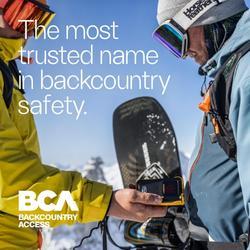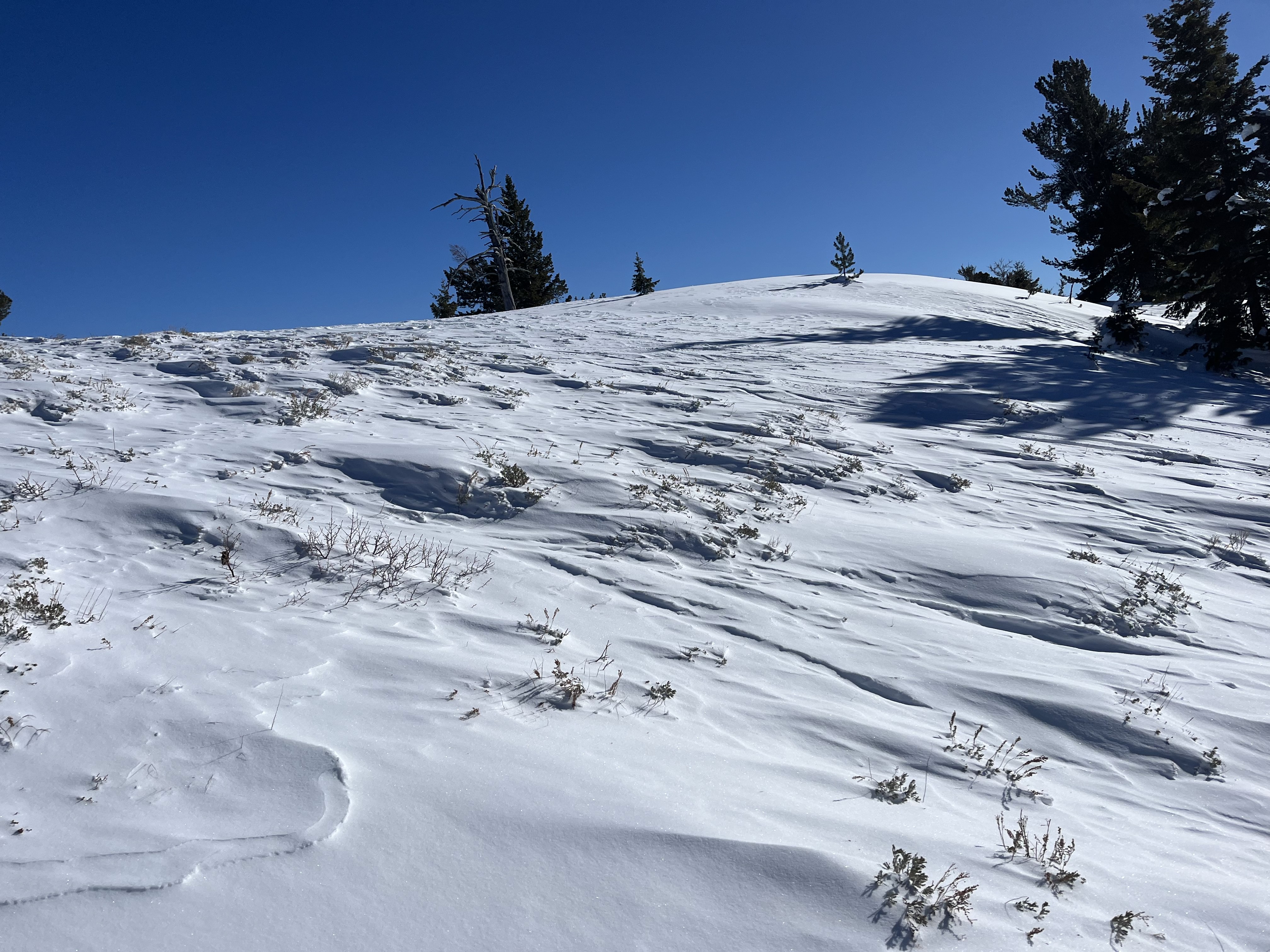Forecast for the Logan Area Mountains

Issued by Toby Weed on
Tuesday morning, January 21, 2025
Tuesday morning, January 21, 2025
Heightened avalanche conditions and MODERATE danger exist in drifted upper-elevation terrain where people could trigger slab avalanches of wind-drifted snow on slopes steeper than 30°. The snow is generally stable elsewhere, and the avalanche danger is LOW on most slopes in the backcountry.
Evaluate snow and terrain carefully and practice safe travel protocols by only exposing one person at a time to avalanche risk.

Low
Moderate
Considerable
High
Extreme
Learn how to read the forecast here





